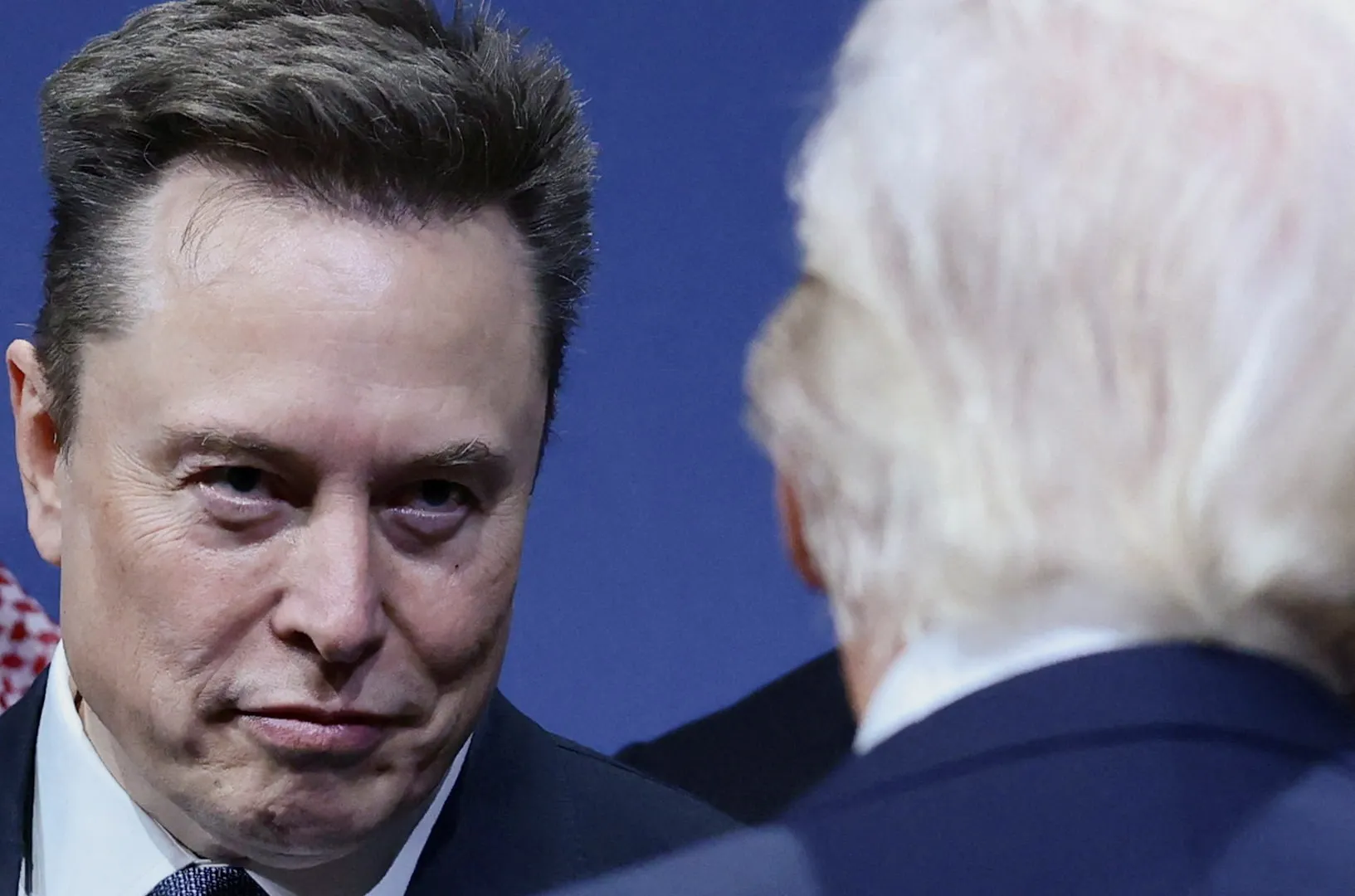Where child stars from Christmas films are now… from shock car chase to ‘dating’ Brad Pitt & marriage to Elon Musk’s ex

THEY were the sweet child actors who made us laugh and cry in our favourite festive films.
But since their big breaks in Christmas movies, few have bagged big parts and many traded fame for ‘normal’ jobs away from our screens.
While the flicks boosted the careers of Matilda star Mara Wilson, whose first role was in A Miracle on 34th Street, and Game of Thrones actor Thomas Brodie-Sangster, who first appeared in Love Actually, not everyone experienced such luck.
The Holiday star Miffy Englefield told us she was forced out of acting for good because she ‘looked older’ than her years.
And another big name, who starred alongside Arnold Schwarzenegger, Natalie Portman and Ewan McGregor, had quit the profession following a “full-blown psychotic breakdown”.
It can be a tough industry that sees some like high-flying star Thomas, who recently returned to his Love Actually role for a Google Pixel ad, rise to international acclaim while others end up in the depths of despair.
From Christmas gigs to jail for car chases, we explore what became of the kids in your favourite Christmas flicks.
Nativity! – Sydney Isitt-Ager
In the 2009 film, child actress Sydney Isitt-Ager played little Sadie in Mr Madden’s class.
The film follows Mr Madden – played by Martin Freeman – as he fibs to his class his Nativity performance has been picked up by a Hollywood bigwig.
Sydney – who is the daughter of Nativity! writer and director Debbie Isitt – starred in all three of the movies.
She went in to study at a theatre college in Epsom, Surrey and bagged her first role as a grown up in a Netflix Christmas film in 2022.
She played Miss Nerris in the film Christmas On Mistletoe Farm – also starring Nativity! co-star Ashley Jensen.
Sydney, now 26, also appeared in Nativity the Musical, on stage, saying: “Did someone say full circle moment?”
Most recently she starred in the stage musical Military Wives, directed by her mum.
Elf – Daniel Tay
The child actor starred opposite Will Ferrell in 2003 Christmas flick Elf.
In the movie, Daniel was just 12 when he played Buddy’s half brother Michael.
Instead of pursuing a career in Hollywood, the brainbox went to study Economics at prestigious US college Yale.
Now 34, he also studied Chinese and coaches students taking their SATs while writing on the side.
The Santa Clause – Eric Lloyd
Eric played adorable Charlie Calvin in all three of the Santa Clause movies with Tim Allen.
Aged just eight when he was cast in the role, he finished up the series in 2002 as a teen.
But now aged 39, he still works in showbiz but opts for a behind the scenes role.
He got into sound engineering and opened his own production studios in Glendale, California.
In 2022, he revived his role to appear in The Santa Clauses, a TV special based off the films, alongside Allen.
Bizarrely, his film co-star David Krumholtz made a WWE Raw appearance.
Bad Santa – Brett Kelly
As dorky Thurman Merman, Brett Kelly had his first role in Bad Santa and its sequel.
He went on to have roles in Paul Feig’s Unaccompanied Minors in 2006 and Adrien Brody film High School before studying business in Canada.
But in 2016, he chose to gain 50lbs to bring back his role as Thurman in Bad Santa 2.
He said: “The pain came after. It took about four months to put on and then I’d say about twice that to take it all off.”
For the last four years, the 32-year-old been starring in Canadian legal drama Family Law where he plays paralegal Cecil Patterson.
Jingle all the Way – Jake Lloyd
The 1996 film was Jake Lloyd’s first Hollywood role – starring as Arnold Schwarznegger’s son Jamie in the holiday romp.
His biggest role came in 1999 when the ten-year-old was cast by George Lucas as Anakin Skywalker in Star Wars: The Phantom Menace.
In 2001, he quit the industry after bullies targeted him over his role in the Sith vs Jedi epic.
He told The Sun at the time: “My entire school life was really a living hell.”
In 2015, Jake was arrested after a car chase and was held for 10 months while awaiting trial.
He was then diagnosed with schizophrenia and transferred to a psychiatric facility in 2023, where he completed to 18-month inpatient stay.
Jake, now 36, said he needed to hit “rock bottom” to help him accept his diagnosis, medication and the need to “honestly take part in treatment”.
Love Actually – Thomas Brodie-Sangster
Thomas was 13 when he starred as Sam who seeks advice from his stepdad Daniel (Liam Neeson) after falling for a classmate.
The London-born actor went on to star in Nanny McPhee and The Maze Runner movies, as well as playing Paul McCartney in the John Lennon biopic Nowhere Boy.
He starred as Jojen Reed in two seasons of Game of Thrones and, more recently, he has appeared in the historical TV drama Wolf Hall: The Mirror and the Light.
In June 2024, Thomas, now 35 married actress Tallulah Riley at Anstey village church in Hertfordshire.
Tallulah, who starred in the 2007 movie St. Trinian’s, previously wed Tesla mogul Elon Musk, twice.
They first married in 2010, divorcing two years later, before tying the knot a second time in 2013 and splitting in 2014.
Deck the Halls – Alia Shawkat
She may be better known for playing Maeby Funke in Arrested Development but one of Alia’s first roles was in Deck the Halls.
She starred as Matthew Broderick’s daughter Madison in the festive flick back in 2006.
Since, she has had roles in Broad City, sells paintings and provided vocals for band Fake Problems in 2010.
This year, Alia, now 36, notched up eight acting credits on IMDB – including runaway hit Severance, starring Adam Scott, Lego Marvel Avengers and Poker Face.
But in 2019 and 2020, there were rumours she was dating Brad Pitt after the pair were repeatedly spotted together.
But Shawkat laughed off the story, telling the New Yorker they were just friends.
She added: “It was so weird. Now it’s like a weird dream, where I’m, like, ‘Did that happen?’
“He was, like, ‘I’m sorry. It happens. If you hang out with me, it happens.’ He had no awareness of it at all.”



